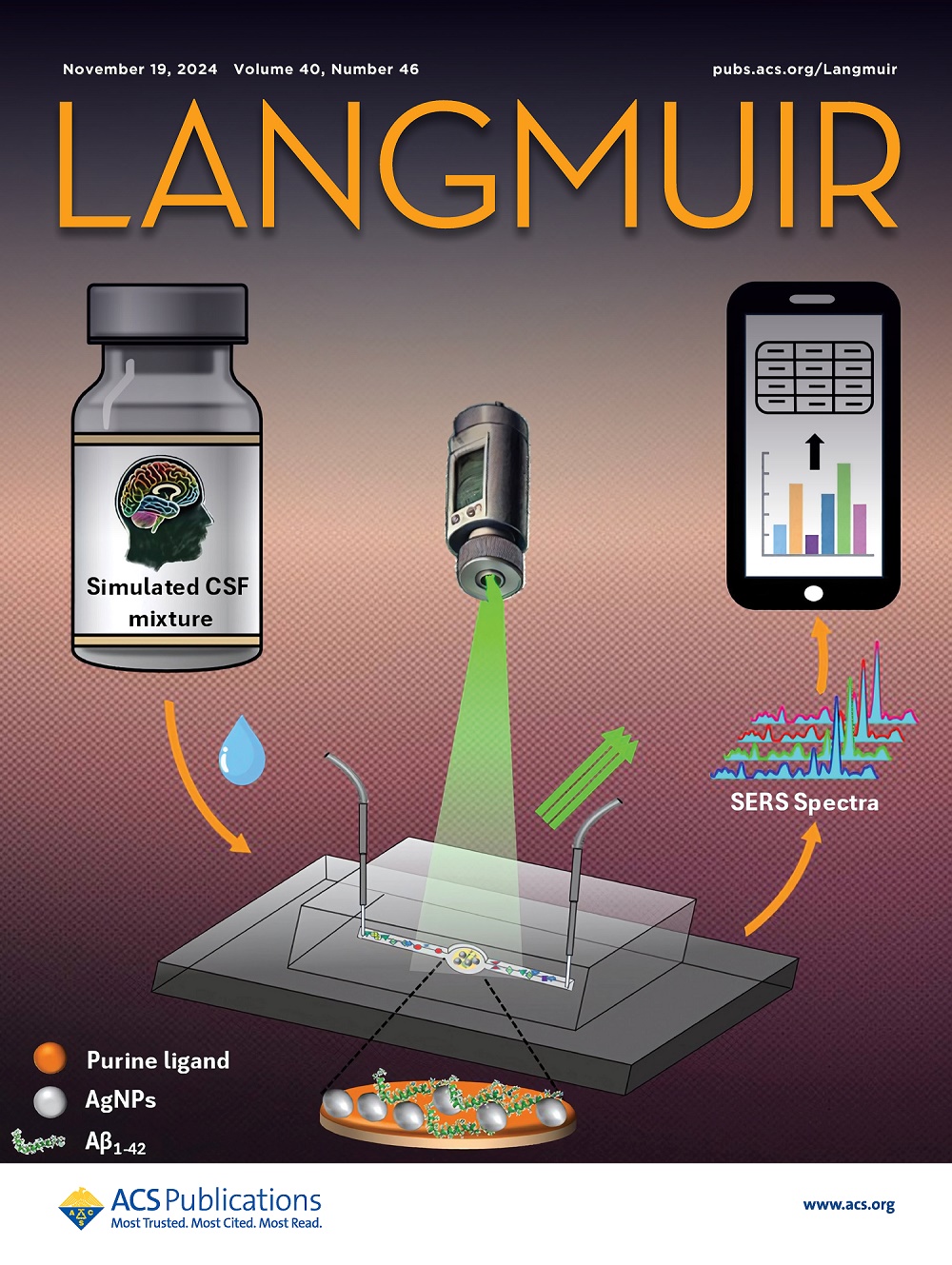Modulating Surfaces Hydrophobicity of Molybdenite and Galena through Sulfuric Acid Pretreatment for Efficient Flotation Separation
IF 3.7
2区 化学
Q2 CHEMISTRY, MULTIDISCIPLINARY
引用次数: 0
Abstract
Molybdenite and galena are often associated in polymetallic sulfide deposits in complex forms, and the separation of the two minerals has become a difficult and hot spot. In this article, a new method combining sulfuric acid pretreatment with flotation is proposed to realize the selective separation of molybdenite and galena. Microflotation tests were used to investigate the effect of sulfuric acid pretreatment on the floatability of molybdenite and galena. Contact angle measurement and XPS and SEM-EDS analyses revealed the mechanism of sulfuric acid pretreatment on the surface properties of molybdenite and galena. The microflotation test of single minerals results showed that sulfuric acid concentration, pretreatment temperature, and time had important effects on the surface properties of molybdenite and galena. Under the optimal conditions of sulfuric acid concentration of 3 mol/L, pretreatment temperature of 100 °C, and time of 30 min, the floatability of molybdenite was almost unaffected and still good, while galena is inhibited and almost unfloatable, which produces the largest difference in floatability between the two minerals. The test results of pretreatment-flotation separation of the molybdenite-galena mixture showed that the new process achieved efficient flotation separation of molybdenite and galena, which further confirmed the microflotation results of a single mineral. The contact angle, XPS, and SEM-EDS analyses showed that the surface of galena was oxidized to form a rough passivation layer of PbSO4 after pretreatment, which resulted in the loss of hydrophobicity and floatability, while the surface properties of molybdenite did not change significantly before and after pretreatment. The new method of flotation separation of molybdenite and galena based on surface pretreatment provided a potential application prospect for the difficult separation of lead–molybdenum polymetallic sulfide ores.

硫酸预处理调节辉钼矿和方铅矿表面疏水性的浮选分离研究
辉钼矿和方铅矿在多金属硫化物矿床中常以复杂的形式伴生,分离这两种矿物已成为研究的难点和热点。本文提出了一种硫酸预处理与浮选相结合的新方法,实现了辉钼矿与方铅矿的选择性分离。采用微浮选试验研究了硫酸预处理对辉钼矿和方铅矿可浮性的影响。接触角测量、XPS和SEM-EDS分析揭示了硫酸预处理对辉钼矿和方铅矿表面性能的影响机理。单矿物微浮选试验结果表明,硫酸浓度、预处理温度和时间对辉钼矿和方铅矿的表面性质有重要影响。在硫酸浓度为3 mol/L、预处理温度为100℃、预处理时间为30 min的最佳条件下,辉钼矿的可浮性基本不受影响,仍保持良好,方铅矿的可浮性受到抑制,几乎不可浮性,两者的可浮性差异最大。辉钼矿—方铅矿混合物的预处理—浮选分离试验结果表明,新工艺实现了辉钼矿与方铅矿的高效浮选分离,进一步证实了单一矿物的微浮选结果。接触角、XPS和SEM-EDS分析表明,预处理后方铅矿表面被氧化形成PbSO4的粗糙钝化层,导致疏水性和可浮性丧失,而辉钼矿的表面性能在预处理前后没有明显变化。基于表面预处理的辉钼矿与方铅矿浮选分离新方法为难分离铅钼多金属硫化矿提供了潜在的应用前景。
本文章由计算机程序翻译,如有差异,请以英文原文为准。
求助全文
约1分钟内获得全文
求助全文
来源期刊

Langmuir
化学-材料科学:综合
CiteScore
6.50
自引率
10.30%
发文量
1464
审稿时长
2.1 months
期刊介绍:
Langmuir is an interdisciplinary journal publishing articles in the following subject categories:
Colloids: surfactants and self-assembly, dispersions, emulsions, foams
Interfaces: adsorption, reactions, films, forces
Biological Interfaces: biocolloids, biomolecular and biomimetic materials
Materials: nano- and mesostructured materials, polymers, gels, liquid crystals
Electrochemistry: interfacial charge transfer, charge transport, electrocatalysis, electrokinetic phenomena, bioelectrochemistry
Devices and Applications: sensors, fluidics, patterning, catalysis, photonic crystals
However, when high-impact, original work is submitted that does not fit within the above categories, decisions to accept or decline such papers will be based on one criteria: What Would Irving Do?
Langmuir ranks #2 in citations out of 136 journals in the category of Physical Chemistry with 113,157 total citations. The journal received an Impact Factor of 4.384*.
This journal is also indexed in the categories of Materials Science (ranked #1) and Multidisciplinary Chemistry (ranked #5).
 求助内容:
求助内容: 应助结果提醒方式:
应助结果提醒方式:


